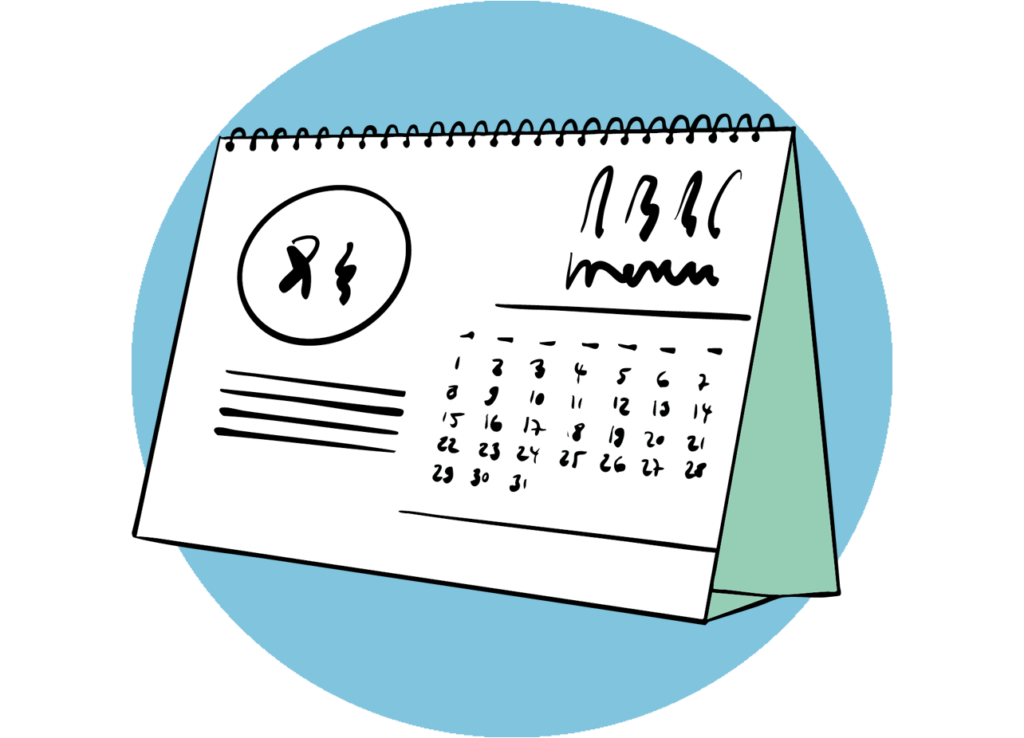Tutorial 8
Taking time
Reading aloud promotes children’s linguistic, cognitive and socio-emotional development, if time is taken to look at picture books. Reading aloud should be an integral part of the day’s activities in daycare and early years settings, and in schools.

Develop a routine
Discuss fixed reading times with colleagues. Decide together when to read aloud during the week, and who will take responsibility for it.
Timetabled reading aloud can take place at the beginning or end of the week, on a specific day of the week, or at the beginning or end of a support session. Special occasions such as festivals, the start of the holidays, birthdays or Reading Nights would also be suitable.
Fixed routines help children to engage better with reading aloud. Have a ritual to start the reading sessions; perhaps an introductory sentence or a cuddly toy that watches while you read.
Deaf or hard of hearing children have to concentrate hard, as they must divide their visual attention between you and the book. Avoid situations with visual or auditory distractions (e.g. mealtimes).

Plan sufficient time
Plan sufficient time for reading aloud, to awaken the joy of reading. If you only have a little time, choose a shorter story and give the children space for their own questions and thoughts.

Make space for individual reading times for children
Individual reading sessions are particularly beneficial for children with special educational needs. Adjust to their language skills and level of development. You could also use support sessions in school or pre-school.
Invite guest readers
Invite adults (deaf, hearing, or hard of hearing) to read to groups or individual children. Reading mentors can be parents, grandparents or volunteers from community or national organisations.
You can find a list of organisations here >
Give the readers advice on how to read in ways that will benefit children with deafness or a hearing loss, or those with limited language skills. Direct them to the ReaDi website.


Tasks
Tasks

Reflect on your time-management. How often do you read aloud, and for how long? Do you allow enough time for each child to understand everything and ask questions? Make best use of your time by using the guidance in this tutorial.

At your next reading session, take extra time to look at individual pages, the elements in the pictures; also allow plenty of time for planned discussion. Be comfortable with moments of silence, and give children time to express themselves.
